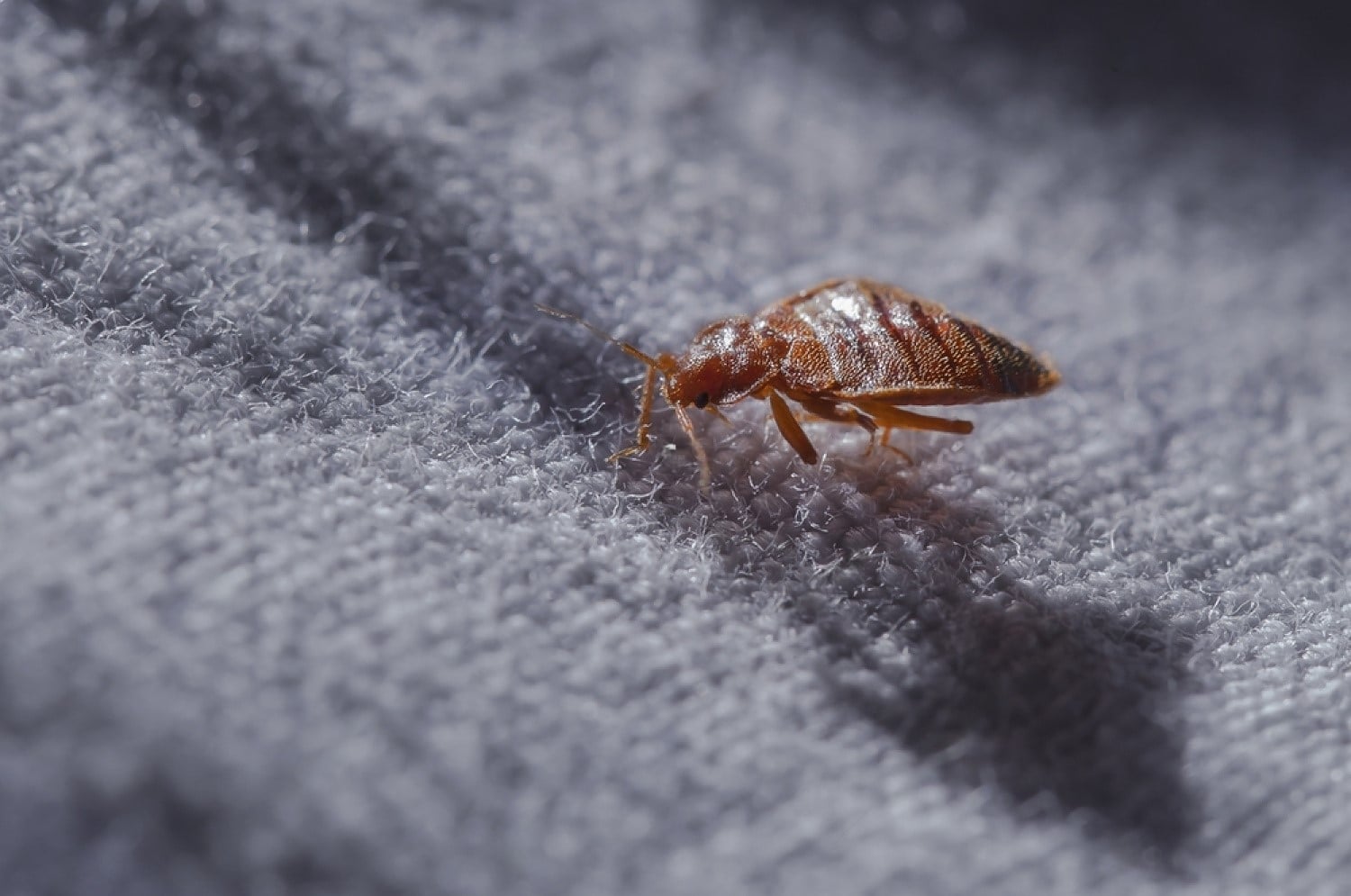Understanding the Lifecycle of Pests for Targeted Control Techniques
Comprehending the lifecycle of insects is a fundamental aspect of reliable bug management methods. By understanding the different stages of development that parasites undertake, a much more targeted and exact approach can be embraced to manage their populations. This knowledge not just drops light on the vulnerabilities within the pest lifecycle yet likewise leads the way for implementing strategic steps that can interrupt their development and reproduction cycles. Via a much deeper understanding of exactly how pests evolve and flourish, tailored control methods can be developed to deal with specific factors in their lifecycle, ultimately bring about more effective bug management results.
Value of Recognizing Parasite Lifecycle
Comprehending the lifecycle of parasites is vital for creating reliable and targeted control techniques in bug monitoring. By comprehending the numerous stages an insect experiences from egg to grownup, pest control experts can determine at risk factors in the lifecycle where intervention can be most effective. As an example, knowing when larvae are most active can help figure out the optimum timing for using larvicides. Furthermore, comprehending the life-span of a parasite varieties can assist in predicting populace development patterns and possible problem threats.
Moreover, identifying the details ecological conditions required for each phase of the insect's lifecycle can assist decisions on habitat alteration or exemption techniques to lower and interfere with the lifecycle bug populations. This understanding makes it possible for pest administration experts to implement aggressive actions as opposed to relying only on responsive therapies, bring about even more sustainable and long-term insect control solutions. Inevitably, a thorough understanding of parasite lifecycles equips pest control professionals to tailor their techniques effectively, maximizing and lessening environmental impacts control end results.
Key Phases in Pest Advancement
To effectively carry out targeted control techniques in insect administration, a crucial aspect hinges on adequately recognizing and understanding the essential stages in bug advancement. Bug development usually is composed of numerous vital stages that are essential for their lifecycle and monitoring. The initial stage is the egg stage, where insects lay eggs that later hatch into larvae. Larvae then advance into pupae, a stage where they go through transformation prior to becoming grown-up bugs. Recognizing these phases is crucial as it aids in determining weak spots in the lifecycle where control procedures can be most efficient.

Vulnerabilities in Bug Lifecycle
Throughout the various phases of a parasite's lifecycle, unique vulnerabilities emerge that can be strategically targeted for reliable control actions (A1 Bed bug exterminator houston LLC). One critical susceptability lies in the egg stage, where parasites are commonly much more susceptible to particular pesticides or biological control agents due to their soft external shell, making them less complicated targets for treatment. Understanding these susceptabilities in the insect lifecycle is essential for creating accurate and effective control techniques that effectively handle pest populaces while minimizing ecological impact.
Carrying Out Targeted Control Steps

Applying targeted control actions normally includes a multi-faceted method. This might consist of habitat look at these guys modification to make the environment much less congenial to pests, such as removing standing water for Full Article mosquito control or sealing entrance points for rodents. In addition, biological control techniques can be made use of, where natural predators or virus are introduced to keep bug populations in check.
Chemical control, such as the cautious application of chemicals, is an additional common method. It is crucial to make use of these materials judiciously to reduce ecological effect and possible injury to non-target species - A1 bed bug extermination houston. Integrated Pest Management (IPM) techniques that integrate various control measures in a coordinated and sustainable manner are typically the most effective in accomplishing lasting parasite monitoring objectives. By applying targeted control steps based on a comprehensive understanding of pest lifecycles, parasite populaces can be properly controlled while reducing threats to human wellness and the atmosphere.
Enhanced Parasite Administration Practices

In addition, the consolidation of organic control agents, such as natural predators or virus of pests, can assist lower reliance on chemical pesticides and promote a much more well balanced ecosystem. Executing physical obstacles and catches can additionally become part of enhanced insect monitoring techniques, offering non-toxic and targeted services for bug control. In addition, using pheromones and other semiochemicals can disrupt pest mating patterns and communication, resulting in minimized parasite populaces over time.
Conclusion
By identifying key phases in bug advancement and vulnerabilities in their lifecycle, targeted control actions can be applied to lessen parasite populaces. Boosted insect management practices can assist lower the dependence on broad-spectrum chemicals and promote even more sustainable and environmentally pleasant bug control methods.
Recognizing the lifecycle of bugs is vital for developing reliable and targeted control techniques in pest administration. By comprehending the numerous stages a bug goes through from egg to grownup, insect control experts can identify prone points in the lifecycle where intervention can be you can find out more most effective. Eventually, a thorough understanding of bug lifecycles empowers bug control practitioners to tailor their approaches efficiently, minimizing environmental impacts and making the most of control results.
By applying targeted control measures based on a complete understanding of parasite lifecycles, pest populations can be properly regulated while reducing dangers to human wellness and the environment.
By recognizing essential stages in bug development and vulnerabilities in their lifecycle, targeted control steps can be carried out to decrease pest populations.